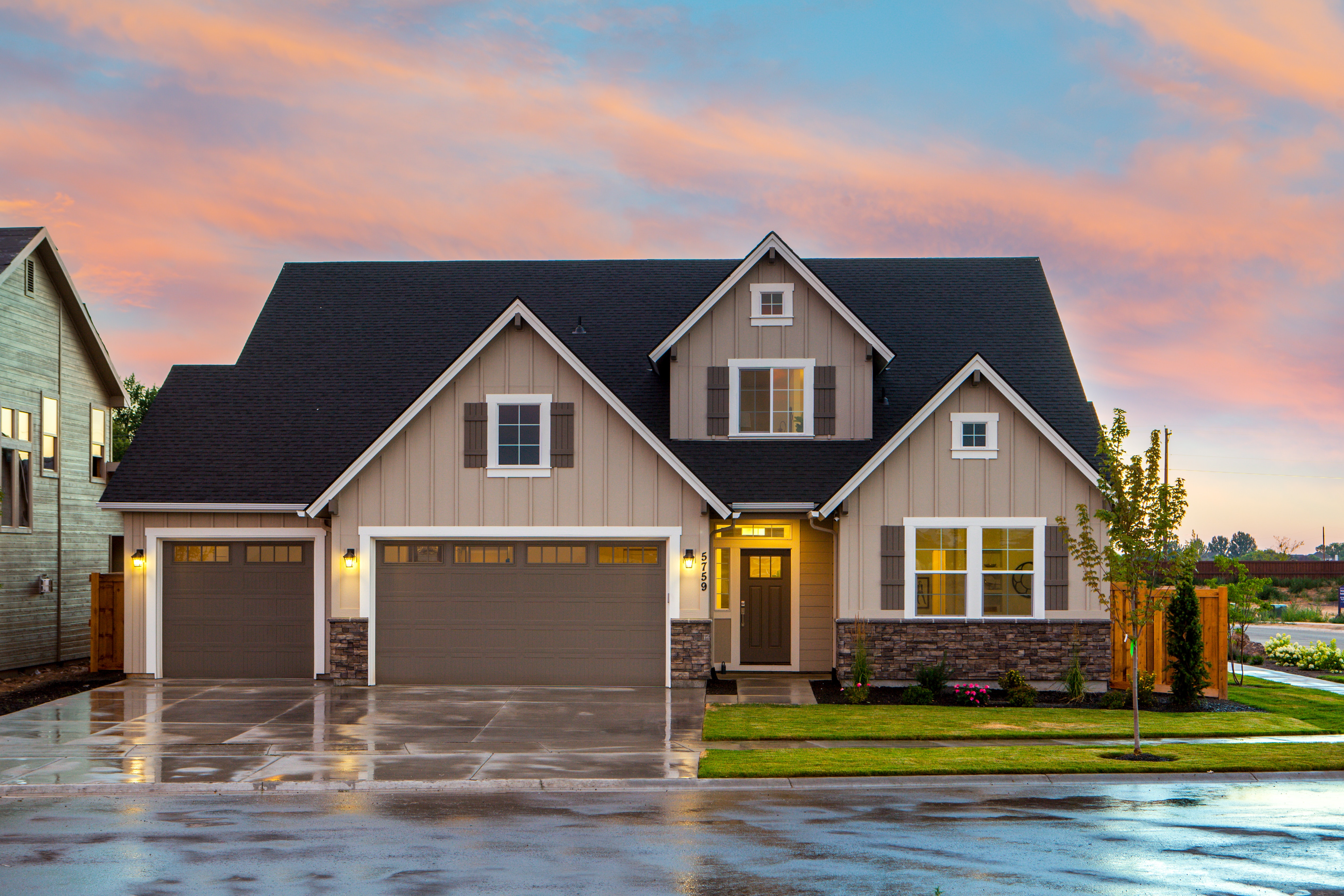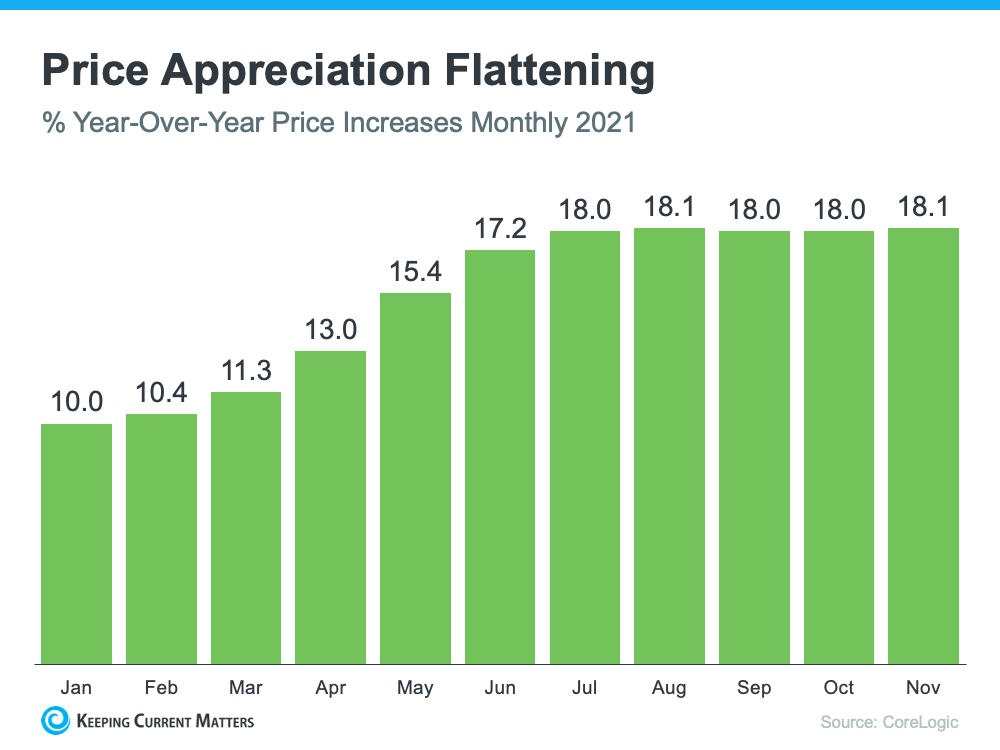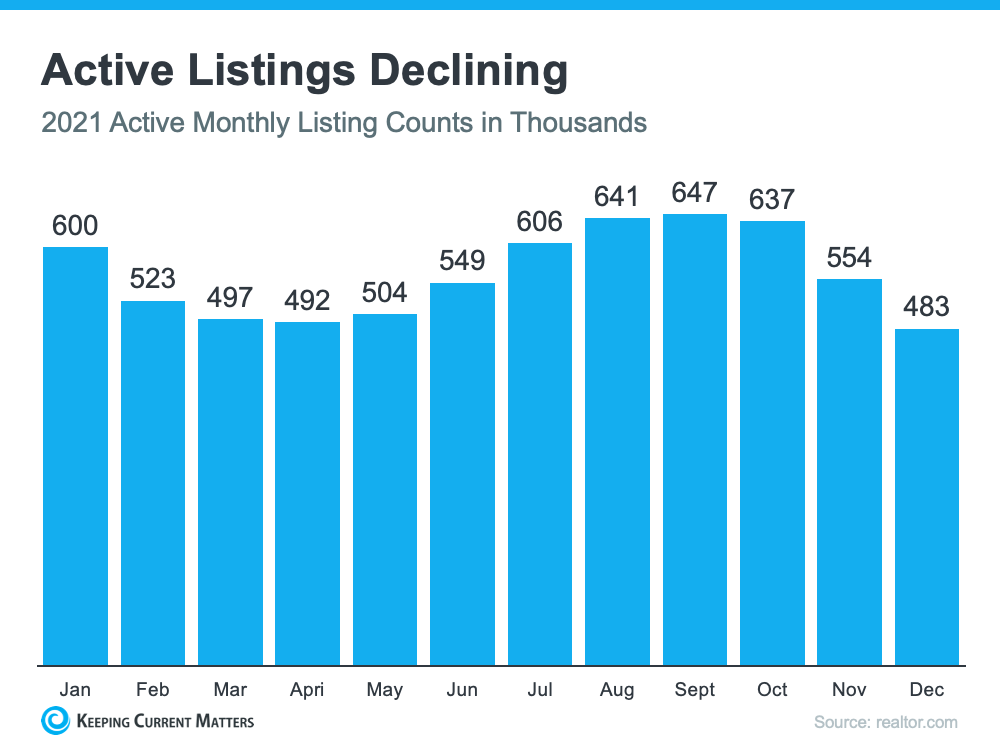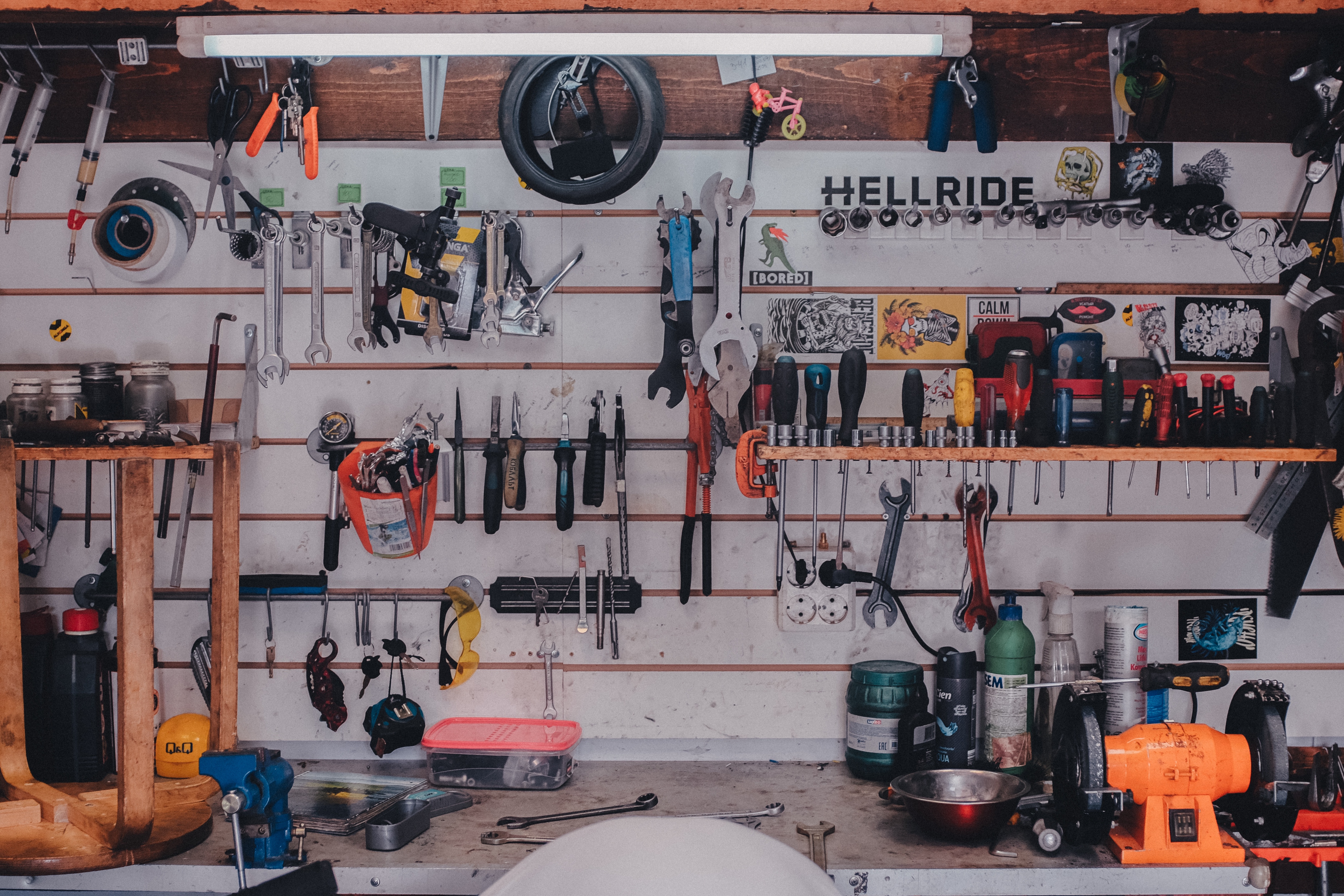
Among buyers who made an official offer on a home, 45% made multiple offers, according to Zillow Group Consumer Housing Trends Report 2019 survey data. In fact, Generation Z and Millennial buyers are most likely to make multiple offers before purchasing a home.
Putting an offer on a house can be complicated and stressful, especially for first-time buyers. And even if you’ve bought a home before, the steps you should follow can depend on your local real estate market.
In a sellers market, you may have to compete against other buyers, which raises the stakes and makes it especially important that you move through these steps quickly. In a buyers market, a less competitive offer might do the trick, pressure may be lower and you may not have to waive any contingencies.
When you’ve found a home you love, here’s what you need to do to put your offer in.
Steps to putting an offer on a house
Submitting an offer on a home is a process filled with hope, excitement and anxiety — especially if you’ve fallen in love with a home and feel like you can’t live without it. Here’s how the process typically goes.
1. Find the right home
Of course, before you can put in an offer on a home, you have to find a home that’s offer-worthy. Attend showings and open houses, search on Zillow and review listings picked for you by your real estate agent.
According to Zillow Group Report survey data, 15% of buyers said it was difficult or very difficult to get an offer accepted on a home they were interested in purchasing.
2. Determine feasibility based on cost
It’s time to run the numbers. Do you have enough for the down payment? Can you afford the estimated monthly payment on the home? Be sure to factor in costs like property taxes, HOA dues, insurance and maintenance. If you’ve been preapproved for a loan, you can have your lender help you through these calculations.
3. Ask your real estate agent for comps
Have your real estate agent run comps, identifying similar for-sale homes in the area to help you get a feel for an appropriate offer price. If you’re buying without the help of an agent, this is something you can do on your own with Zillow.
4. Determine your offer price, contingencies and timeline
If you need room to negotiate, you’ll want your initial offer to be lower than the maximum price you’re willing or able to pay. You’ll also need to determine your desired closing date and what contingencies you will be including in the offer. In a competitive market where multiple offers are submitted, contingencies and timeline can be the deciding factors. If you’re buying in a sellers market, be sure to ask for your agent’s insight on what sellers are looking for in an offer.
5. Draft and submit your offer
Your offer should be in the form of a purchase and sale agreement. Your agent will draft this for you and you’ll sign or e-sign before it’s submitted. The document will become legally binding if the seller accepts your offer. At that point, you’re buying a house, and the purchase and sale contract will become a key part of your transaction paperwork.
6. Seller replies: yes, no, or counter
Upon reviewing your offer, the seller might accept your offer as-is, decline the offer altogether or counter the offer to start the negotiating process. If the seller accepts your offer, they will sign the purchase and sale contract. If they decline your offer, negotiations end. If they counter, you can either accept their counteroffer or counter back.
It’s common for the negotiations to go a few rounds, with the buyer and seller providing counteroffers back and forth, usually with the advice and assistance of their agents. Price isn’t the only thing that can be negotiated. You might also find yourself negotiating repairs, contingencies and closing timeline.
When you purchase a Zillow-owned home, you can request the home evaluation notes from when Zillow purchased the property. Zillow will also provide a list of all repairs completed prior to listing.
7. Sales contract is finalized and signed
Once both parties agree to the deal — including price, inspection, negotiated repairs, closing date, etc. — the contract is updated accordingly and the home is officially “under contract.” Assuming all goes well with contingencies and financing, and depending on your close data, you’ll be a homeowner in about 45 days.
What does a real estate offer contain?
While some elements of your offer vary based on location and market conditions, there are a few basic items that are found in all property purchase offers:
- Property address
- Buyer’s name
- Seller’s name
- Offer price
- Earnest money amount
- Contingencies (like financing, home sale, inspection or appraisal) or waived contingencies
- Identification of title company or closing attorney (where applicable)
- Credits, if you are requesting them as part of the offer
- Offer expiration date and time (the offer submission process can be lengthy, so most buyers add an offer expiration date and time to encourage sellers to act quickly, and give the buyer a chance to explore other options if the seller takes too long)
- Proposed closing date
Can anyone make an offer on a house?
Yes, anyone can put in an offer on a house, but remember that a residential purchase and sale contract is legally binding. Once you are under contract, the only legal way to back out of the deal is through a contingency — like an inspection, title, or financing contingency.
If you love a house, you can make an offer whether or not you’re working with an agent. If you aren’t using an agent, you’ll still need to locate an official contract for your offer submission. Be sure to find a contract that includes all the relevant details and is legal in the state where you’re buying.
How much to offer on a house so the seller will accept
The best way to entice a seller into accepting your offer — or at least considering a counter — is by offering their full asking price. But, in a competitive market or a multiple-offer situation, you may need to offer more than the asking price.
Not all homes sell for their initial asking price, and not every home is priced correctly, so before you break the bank or bust your budget, consider some non-price-related ways to strengthen your offer in a competitive market — your agent should be able to talk to the listing agent about what will make your offer more appealing to the specific seller.
According to Zillow research, homes for sale in the U.S. sold for 98.2% of their listing prices as of June 2019. This number varies from market to market — in some very competitive markets, the typical home will fetch more than the asking price, and in some slower-moving areas, the typical home will fetch less. Your agent should be able to help you gauge market conditions.
Use an escalation clause
In a multiple-offer scenario, the last thing you want to do is assume another buyer is paying far above the asking price and submit a higher offer based on this assumption — you might get the property but end up realizing you could have gotten it for less. Ask your agent about including an escalation clause, which states that you’re willing to pay a specific dollar amount over the seller’s next highest offer. Here’s an example:
A home is listed for $250,000 and it has three other offers. You submit an offer of $250,000 with an escalation clause that says you’ll pay $1,000 more than the highest offer, up to a maximum offer price of $260,000. Then, if another buyer comes in at $255,000, you’ll automatically offer $256,000 to secure the deal, without going over the maximum amount you’re comfortable spending.
Accommodate the seller’s timeline
If the seller needs a quick close and you are sure you want to buy their home, try to accommodate their schedule as much as possible. For some sellers (like those buying at the same time or relocating for work), timeline is even more important than price.
Waive contingencies
The majority of buyers (74%) include contingencies in their offer, according to the Zillow Group Report. In a competitive market, waiving contingencies can help your offer stand out. If you’re paying in cash, you can remove the appraisal contingency that is typically required of buyers financing a home purchase. Home inspection contingencies are also common — although some buyers waive their home inspection contingency in hot markets, it’s not always recommended.
Another option is a home sale contingency, where your offer is contingent on selling the home you currently own. This is a practice among some home buyers who need to use the equity from a home they’re selling to purchase a new home, but this can make your offer less appealing to a seller, who probably wants certainty in their timeline to fit their own timeline priorities.
Put down more earnest money
Earnest money is also called “good faith money” because it’s money you put down upfront to show the seller that you’re serious about buying their home. The more earnest money you put down, the less likely you are to look like a flaky buyer who might back out without a reason. For example, someone who is willing to put down only $1,000 in earnest money looks like a less serious buyer than someone willing to put down $10,000.















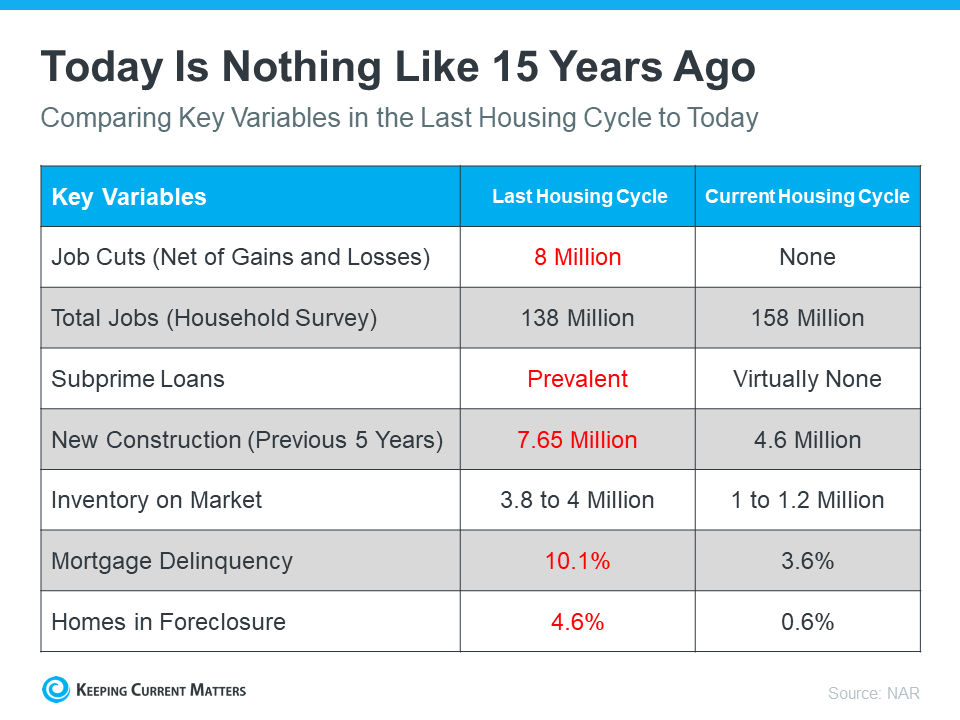
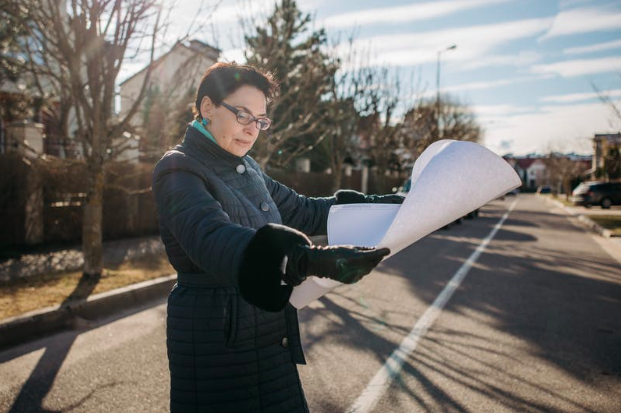 Article Credit: Hazel Bridges
Article Credit: Hazel Bridges 